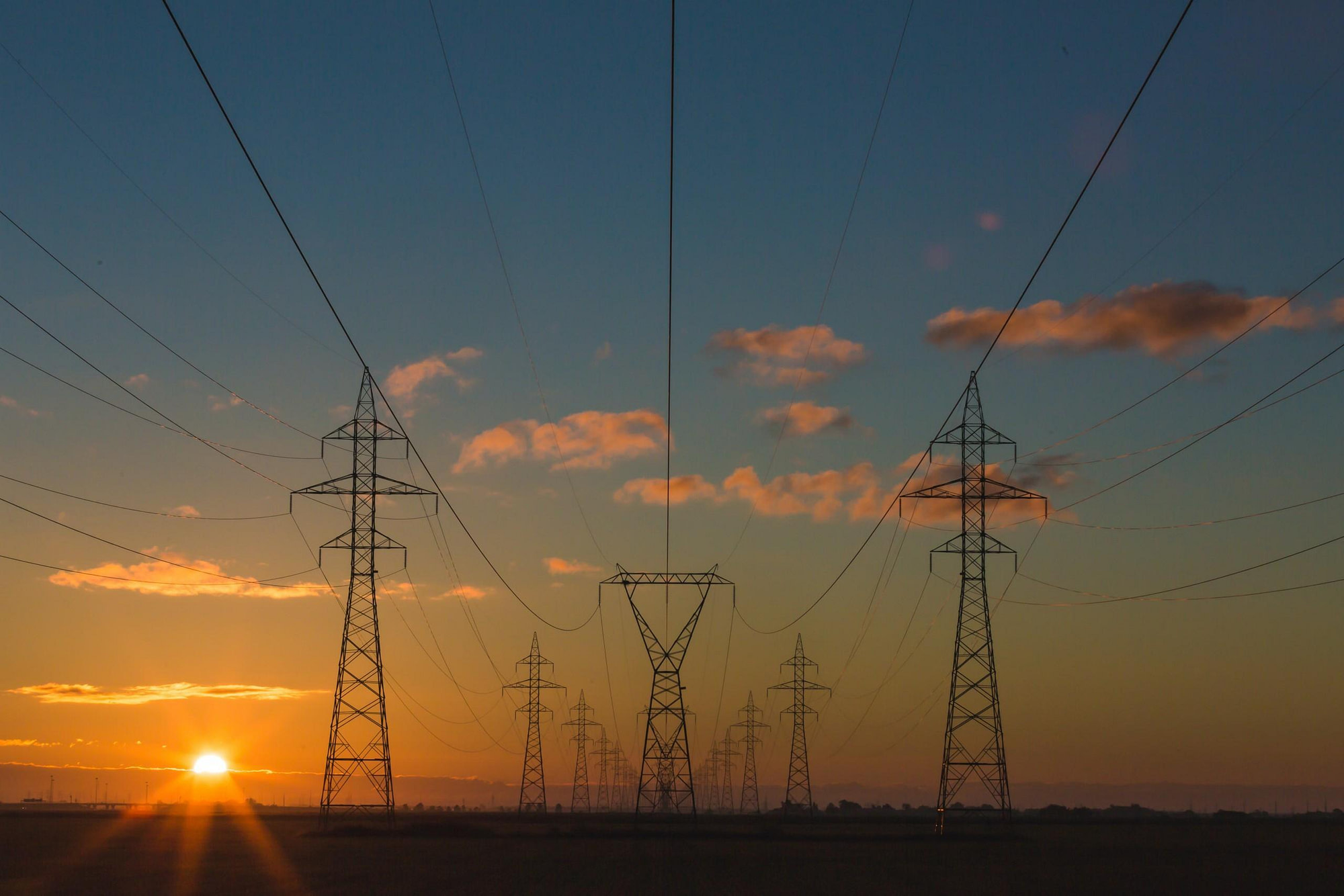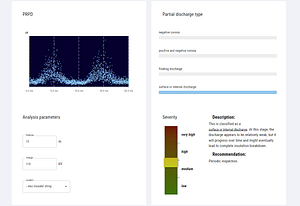In a recent article, we discussed the industries that benefit from partial discharge (PD) detection. In this article, we show the major difference that detecting partial discharges with a solution that offers you advanced analytics has on the results you receive and the maintenance decisions you make.

Partial Discharge Detection Without Analytics Raises More Questions
Detecting partial discharges using ultrasonic solutions means you are aware of upcoming failures well before they happen since sound is the first sign of the deteriorating condition of an asset. But if you use solutions that do not utilize partial discharge analytics, instead of getting clear results, you might be left with more questions than when you started the detection round. Is this sound really a partial discharge or does it come from some other sound source? What does this partial discharge mean; is it harmless or does it pose a risk? What should I do about it? An acoustic camera equipped with state-of-the-art analytics, such as the NL Camera and its accompanying NL Cloud software—or alternatively NL Camera Viewer Pro offline software—answer all those questions.
Intelligent Features Set the NL Camera Apart from the Competition
The NL Analytics starts working the moment the NL Camera detects a partial discharge. The device distinguishes the partial discharge sound from other sound sources by using specific automatic filters—something that is not a given with nearly any of the devices intended for PD detection. Immediately after the camera has found a partial discharge, it shows a Phase-Resolved Partial Discharge (PRPD) pattern on the screen that illustrates the partial discharge’s behavior. For some field experts, this information is already enough to determine the type of partial discharge in question, but as NL Analytics is meant to simplify its users’ lives, the included NL Cloud software uses the PRPD pattern to automatically classify the PD type.
The classification is an important part of the NL Cloud’s machine learning-based partial discharge severity assessment meant to answer questions about whether the partial discharge poses a risk and what the next steps to deal with it should be. The severity assessment’s AI categorizes a PD into one of four severity tiers: low, medium, high, or very high. These depend on the partial discharge type, its location, and its strength.
After the NL Cloud’s AI has taken all these factors into consideration, it then gives different recommendations on what the user should do to get rid of the partial discharge. For a low-severity partial discharge, this could mean simply inspecting the affected component every once in a while with the NL Camera to see if the PD becomes stronger. For a case very high on the severity scale, the recommended actions are immediate inspection, cleaning the component’s surface, and possibly fixing or replacing it.

Partial Discharge Analytics Enables the Correct Evaluation and Follow-Up
One client, an international energy company, is using the NL Camera for PD detection in power lines, substation cable terminations, and 20 kV NAL disconnectors. The client was won over from the start by the comprehensive solution and especially the clarity of the results: seeing directly where and what type the partial discharge is. They have also been extremely happy with the NL Cloud’s easily understandable PD reports.
The NL Camera proved its effectiveness especially when the client found a partial discharge on a polymeric, insulated transformer bushing with the camera. The NL Cloud classified the discharge as ‘very high’ in severity and recommended that the client take immediate action, such as inspecting the PD-affected component visually or repairing or replacing it. When these measures were not taken, the bushing broke down completely just a week later, confirming the results of the severity assessment. When compared to only detecting a partial discharge, it is clear that NL Analytics provides the user with added value by giving concrete advice on how to best deal with the findings.
For more on the convincing results of our extensive partial discharge analytics, see our case studies and read about how our analytics works.
